Finds From an Archaeological Site and What They Used To Be
Written by: Sofia Krom
Artifacts recovered during archeological investigations are rarely complete or intact. You usually only have small parts of the object, making it difficult to tell what it used to be. If you are lucky, though, you may find pieces of an object that help you figure out what it was. This identifier can be a distinct color, design, shape, or a maker’s (manufacturer’s) mark on the bottom or side of the object. Archeologists use these aspects of an object to learn about the history of the artifact’s manufacture, which can help to date a site. The date an object was manufactured aids in establishing what is usually referred to as a ‘terminus post quem’ – the earliest date an event may have taken place. If an object is found in a trash dump, the layer that it came out of cannot date to before that object was made. Also, if you have multiple artifacts with varying date ranges, you can try to find where they overlap to get an estimate of the date range of artifact production. (To complete the dating process, you typically also want to establish a ‘terminus ante quem’ – the latest date. This date is usually established for archeological sites using other forms of information, such as carbon dating, historic and property records, and aerial photos.)
Catoctin Mountain Park has a variety of archeological sites and being able to date those artifacts is critical to being able to know where a site fits into history. This post contains a variety of artifacts that were found during excavations of a historic trash pit in Catoctin Mountain Park. In this case, the artifacts helped to determine that the site likely dates from between 1943-1953. Attached are photographs of some artifacts that were found in the trash pit and what they used to be.
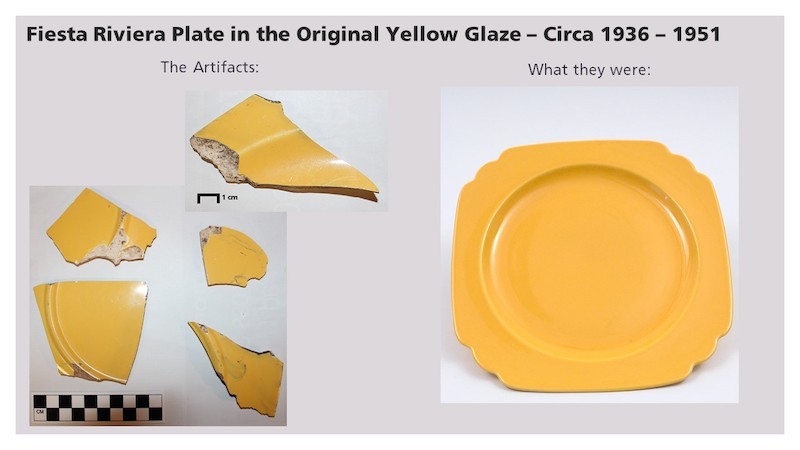
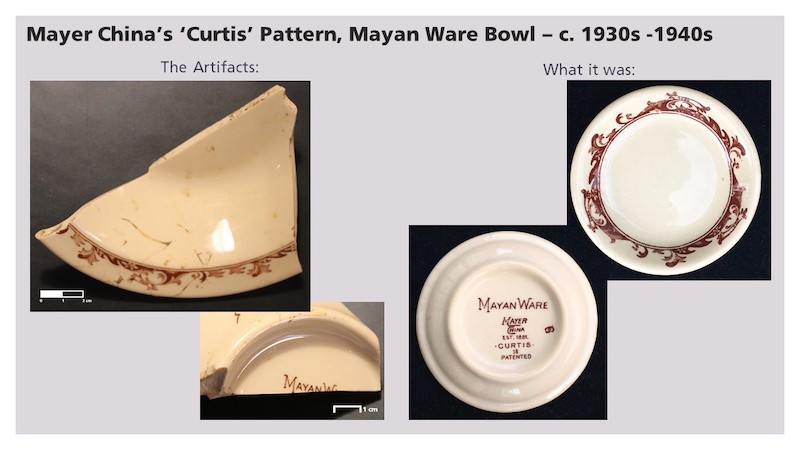
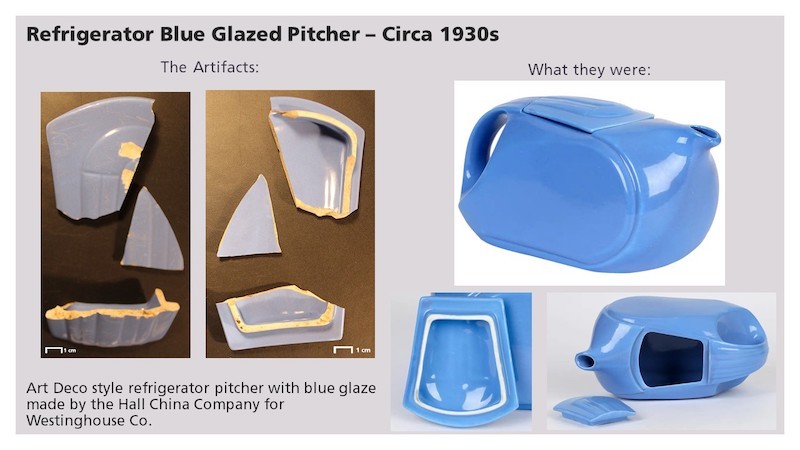
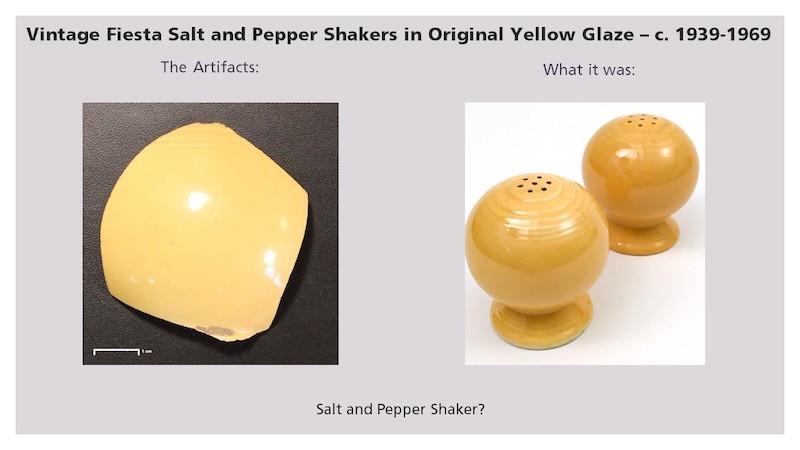
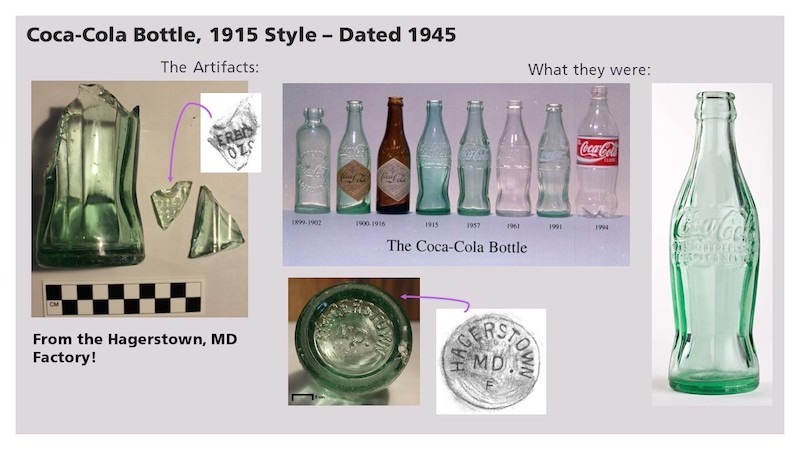
From the Hagerstown, MD Factory – super cool because it is a local bottle. Hagerstown is less than a 30-minute drive from CATO. Also, the factory still is open today, so it tied to this important local extension of the Coke industry.
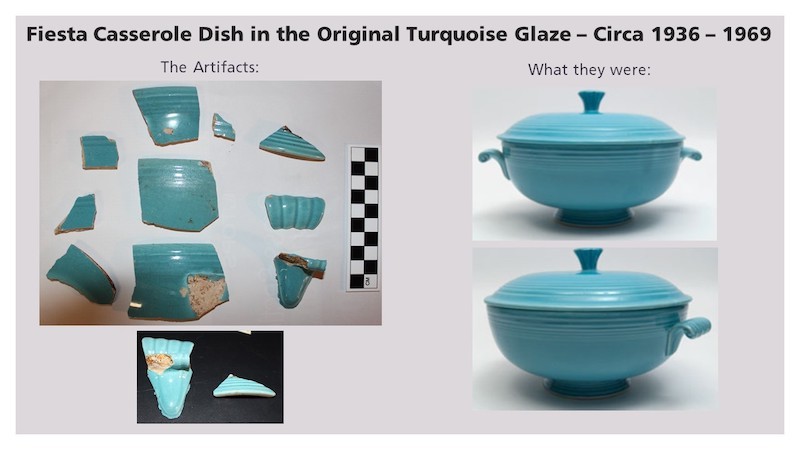
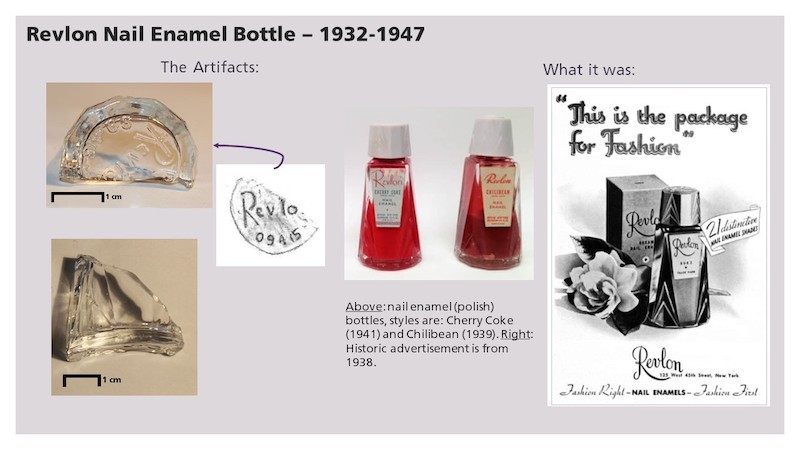
This bottle fragment is probably one of my favorite artifacts from this trash pit site because it isn’t something you’d expect to find. Also, I got to learn a bit of information that I never expected to need to know about Revlon. Did you know that Revlon was established in 1932? Because I definitely did not know it was that old.
Interested in learning more about American Conservation Experience, including our programs – Conservation Crew and Emerging Professionals in Conservation? If so, click here to check out our resources, media, and to apply online.
